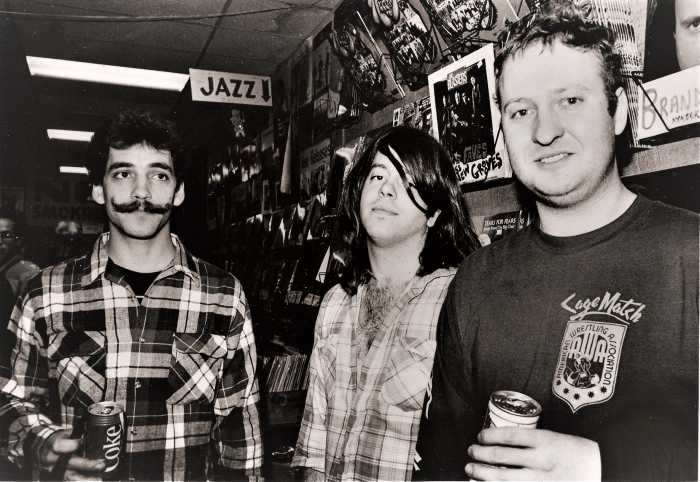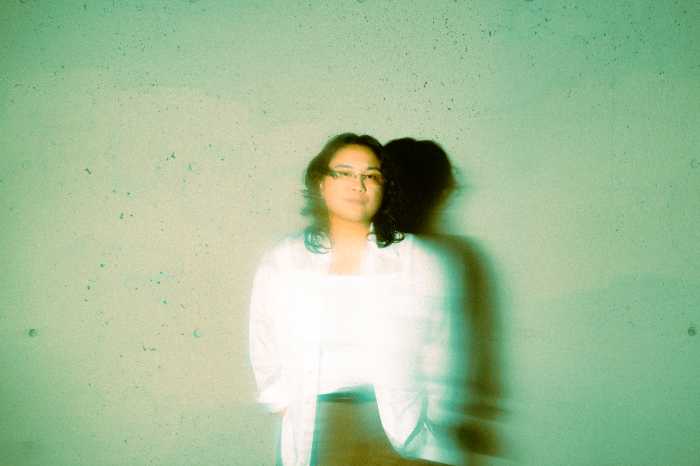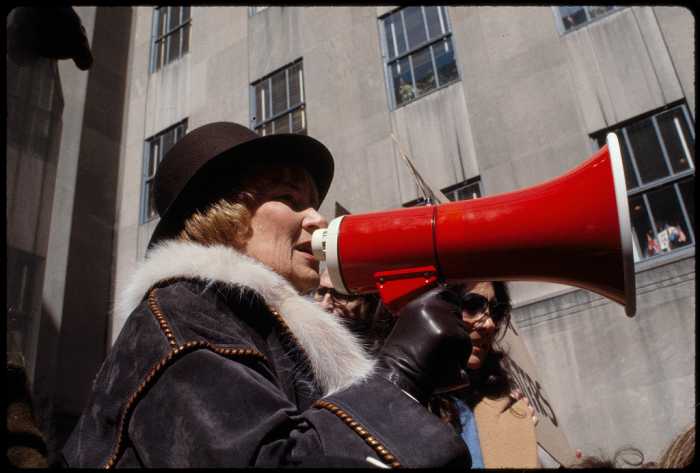BY BRIAN MCCORMICK | If contemporary dance had a TV show like “America's Best Dance Crew” on an international scale, Grupo Corpo would be Brazil's obvious choice; if they haven't opened an Olympics ceremony, they should. Grand scale productions with accessible choreographic ideas, memorable theatrical scores, and visual design showcase an extraordinary ensemble of amazing dancers, every one packed with virtuosity, charm, and sex appeal.
Ballet may be the scaffolding that supports the basic structure of the movement and choreography, but African, folk, acrobatic, and other creative influences overlay it like a gorgeous mesh of satin, and a big red bow just for fun.
If contemporary dance had a TV show like “America's Best Dance Crew” on an international scale, Grupo Corpo would be Brazil's obvious choice.
The 30-year-old company from Belo Horizonte was performing for the third time at BAM, where they have been extremely popular with audiences.
The program presented at the opera house March 25 and 27-29, “Benguelê” and “Breu,” was their best ever. As always, people left the performance trying to imitate some of the moves, realizing just how hard it is and how easy the super dancers made it appear.
“Benguelê,” which celebrates the strong influence of African culture in Brazil, is a series of dance motifs, moving to and fro across the stage, changing costumes and styles with each crossing, each song. João Bosco wrote the commissioned score. Hunched over, rolling hip, and slow, deep-kneed walks are juxtaposed with more exuberant high kicks, torso rolls, and flashy jumps. When a line of dancers first appear on a hidden platform at the back of the stage, the effect is marvelous. It's used again as a beautiful canvas for ten women crouched in wide second, silhouetted by the color of dawn, moving languorously sideways in unison. They, in turn, form the backdrop for a two male dancers, who mirror each other on the stage below, with crouching, leg circling, break-dance-like moves. The dance ended with an upbeat, carnivalesque spirit, with the dancers dressed uniformly in traditional white cotton, with sashes of blue, red, yellow, and green across their chests.
Lenine's dramatic score ushers in “Breu,” which takes place on a stage clothed in polished black tile, floor to ceiling, as designed by company founder Paolo Pederneiras. Freusa Zechmeister's very cool and very hot form-fitting costumes add to the dark alluring look and feel – unitards, mostly black-backed, with patch-work white fronts decorated with various black patterns or lines, and white shoes with black tips and heels.
Sculptural forms predominate the physical landscape in this Pilobolean work – individual dancers and groups resembling mushroom clusters, sprouts, worms, and arachnids. The movement invention is aided in no small part by the incredible strength of the dancers' upper bodies. They flip over backwards from a prone position, thrusting their legs up and over. They scurry across the floor on their hands, pushing forward as they hop on one foot, hooking the ankle with the opposing heel.
Later they slide their flat bodies backwards on their shoulder blades, pushing off with one leg and kicking up with the other, making airborne diagonals. The dancers' resilience and commitment are awesome. The evening's experience is exhilarating, and supremely fulfilling.
For some reason, critics in New York City don't think much of the artistry and effort that goes into producing and performing this sumptuous spectacle. Unlike the respect they afford Pilobolus, for example, Grupo Corpo isn't taken seriously. Does Third World sexuality and postcolonial discourse make them uncomfortable? Still, compared to the handful of critics, there were thousands of warm-blooded art patrons at BAM who appreciated this extraordinary ensemble and their playful, inventive, and lively dance motifs.
As John Rockwell, former chief dance critic at the New York Times, wrote of this very company, “fun is a not insignificant virtue in dance.”


































